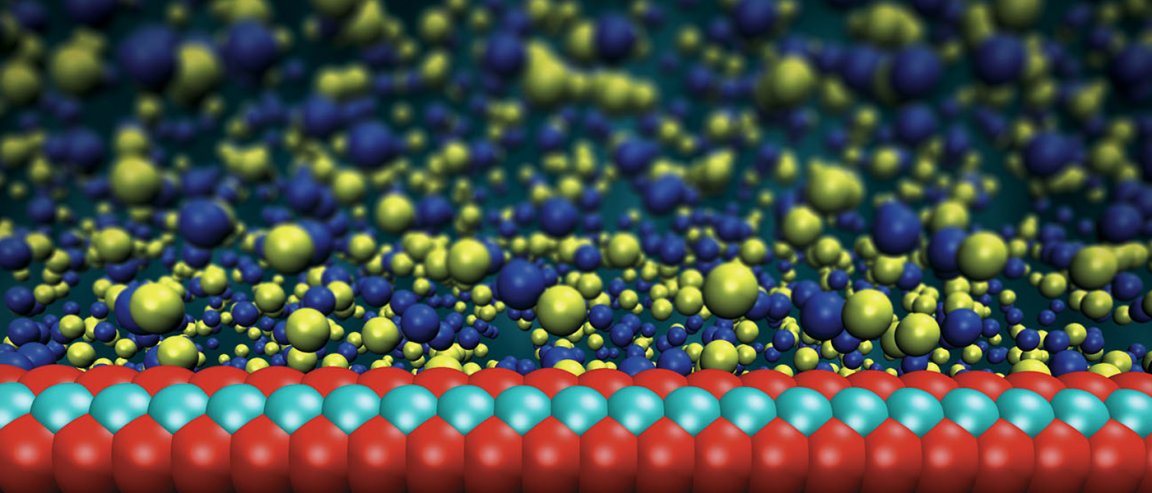
Estuaries as Osmotic Power Stations
A new power source is closer to being officially added to the wonderful family of renewable energy: osmotic power. Researchers at the Ecole Polytechnique Fédérale de Lausanne’s (EPFL) Laboratory of Nanoscale Biology finally found a way to optimally harness energy from osmosis, the movement of salt ions from one fluid, through a membrane, and into another fluid with a lower salt concentration.

The team used a thin membrane of molybdenum disulfide between freshwater and seawater. Naturally, the seawater ions pass through this membrane’s nanopore and into the fresh water until the two fluids are of equal salt concentrations.
As the salt ions pass through the membrane’s nanopore, their electrons are transferred to an electrode and electric current is generated.
One of the most important aspects of this design has to do with the size of the nanopore. It filters out the ions, allowing only positively charged ions to pass while keeping most of the negatively charged ions out. This results in one liquid being positively charged and the other, negative, and creates a voltage between the two that is enough to keep flowing.
“We had to first fabricate and then investigate the optimal size of the nanopore. If it’s too big, negative ions can pass through and the resulting voltage would be too low. If it’s too small, not enough ions can pass through and the current would be too weak,” said Jiandong Feng, lead author of the research.
Using molybdenum disulfide for the membrane substance was a good choice because it is ideal for generating an osmotic current. And here’s the best part—the substance can be easily found in nature or seeded through chemical vapor deposition.
The fact that the membrane is only three atoms thick also plays a crucial role in making the system work, since in systems like these, the thinner the membrane is, the higher the current will be.
One core advantage of osmotic power, if scaled up, is that it is not dependent on weather conditions—wind and sunlight. Estuaries or areas of water where salt water meets fresh water could become osmotic power stations. And as you know, salt water and fresh water meet—all over the world.
The Nanopore: Important Yet Tricky
If the team’s calculations are right, a one-square meter () membrane with 30% of its surface covered in nanopores could produce 1 Megawatts of electricity. That amount could power 50,000 standard energy-saving light bulbs!
The main challenge that the team faces in expansion of the technology lies in the very aspect of it that makes it so efficient—the nanopore. It was already a tedious challenge fabricating it in their experiment, scaling up would require a better, more accurate system.
If and when they do overcome that difficulty, it would be another triumph for renewable energy.